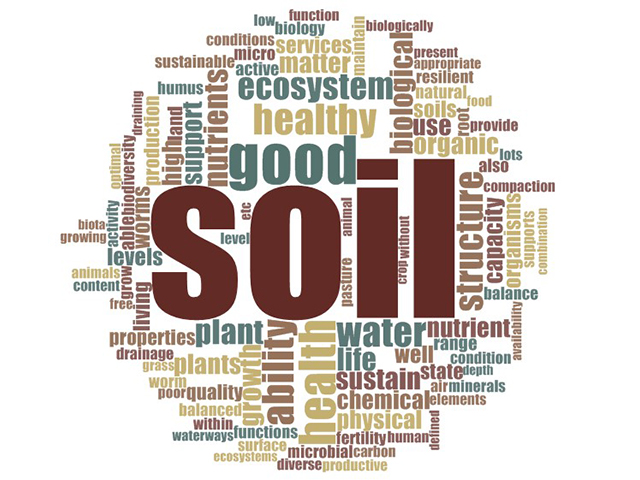Soil Health
Cost Share Funding Available!
The Minnesota Department of Agriculture and the Board of Soil and Water Resources is investing millions of dollars to improve soil health and water quality. There is cost-share money available for producers to begin trying cover crops, no-till/strip-till, nutrient management and for purchasing equipment for implementing soil health practices on your farm.
- Up to 50% cost share for purchasing or retrofitting existing soil health equipment (up to $50,000!)
- Up to 75% cost-share for soil health practices
- Implementing soil health practices can increase yield, reduce annual inputs, reduce erosion and compaction, suppress weeds, and can also maintain or increase soil health.
- Applications for soil health equipment will open on August 1st and close September 15th
Cost Share Funding for Soil Health Implementation – Click Here!
Soil Health Practices: (Click each practice for more information)
– Cover Crops
– Nutrient Management
– Conservation Tillage
Business Hours: Monday – Friday 8:00 am to 4:30 pm
Call (507) 345-4744 and we’ll tell you all about it!
Soil Health is Important!

Soil health, provides an overall picture of the condition of many properties and processes; the terms soil health and soil quality can be used interchangeably.
Soil health is defined as “the continued capacity of soil to function as a vital living ecosystem that sustains plants, animals, and humans.” Soil health can change slowly because of natural processes, such as weathering, and more rapidly under human activity; land use and farming practices may change soil health for the better or for the worse. Soil health deteriorates mainly through erosion by wind and water, loss of organic matter, breakdown of soil structure, and chemical contamination.
There are ways to help improve your soil health! If you are interested in learning more about our Soil Health programs listed above, contact us today at the Blue Earth SWCD. We can help you create a plan that will target the goals you have for the soil in your field. We can also help by providing funding sources that will assist with the financial costs during your trials with attempting to restore your soil health.
The Five Principles of Soil Health
- Soil Cover – Retain plant residues on the soil surface. Observe the proportion of your soil that is covered by residue. Minimizing erosion is essential before you can begin improving soil health.
- Limited Disturbance – Reduce physical, chemical, and biological disturbances as much as possible. This helps develop soil aggregates, pore spaces, soil structure, organic matter, and promotes healthy soil biology.
- Build Diversity – Strive to imitate natural ecosystems. Incorporate a variety of cool and warm-season grasses, broadleaf plants, and at least three different crops along with cover crops in rotation. Diverse plant life in grasslands and croplands benefits both soil and animal health.
- Living Roots – Keep plants growing year-round to nourish the soil. Cover crops contribute carbon, which serves as food for soil microorganisms. Consider adding perennial plants to your system, starting small to find the best fit for your operations.
- Integrating Livestock – Grazing cover crops and crop residues in the fall and winter enhances livestock nutrition when pasture quality may be low, boosts biological activity in the soil, and promotes nutrient cycling. Effective grassland management is key to improving soil health.
